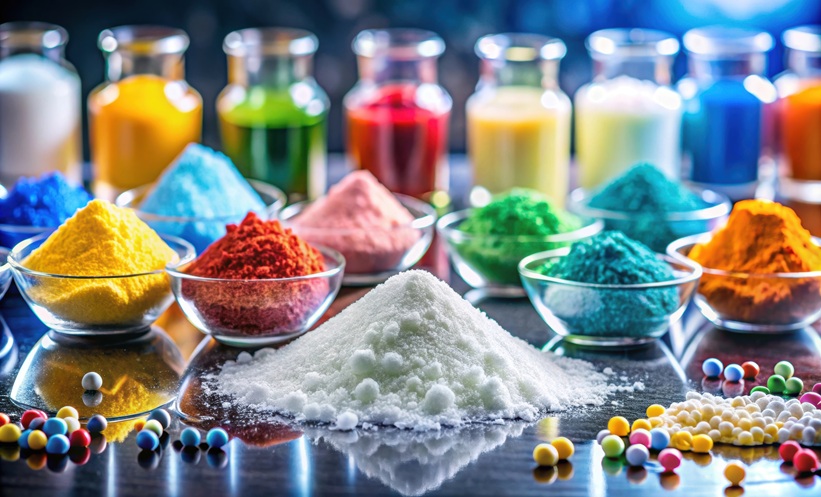Adjuvants are compounds added to antigens in vaccines to increase the body’s immune response to an antigen.1 Similarly, adjuvants are added to allergens for use in allergen immunotherapy (AIT), also called desensitisation or hyposensitisation.2 The most frequently applied adjuvants for human use are gel-forming hydroxide or phosphate salts of aluminium (alum). More recently, MF59, AS03, AS04, MPLA, and virosomes have been approved for use in antiviral vaccines.1 While being good at stimulating antibody responses, alum is not biocompatible and is difficult to clear from the body; this is important in AIT, which typically requires 50–80 subcutaneous injections. Hence, more biocompatible adjuvant options are subject to research and development.3 In AIT, microcrystalline tyrosine (MCT) has found its way to some European markets.4 MCT has a biological half-life of 48 hours but little is known about its adjuvant mechanism of action. Furthermore, head-to-head comparisons with alum have not been published. Hence, we compared alum and MCT in vaccines and in AIT and investigated potential mechanisms of action of MCT in preclinical mouse models.5
A single injection of a low antigen dose in mice triggered measurable B cell responses in serum when the antigen was mixed with alum. With MCT, the antigen dose required for triggering IgG responses was approximately 10-fold higher. At higher antigen doses or when the injections were repeated, as typically carried out during vaccination and AIT, alum and MCT stimulated comparable B cell responses, as measured by the amount of antigen-specific immunoglobulin (Ig)G and the subclasses of IgG produced (IgG1, IgG2a, IgG2b, and IgG3). However, MCT-based vaccines stimulated less IgE production than alum-based vaccines; IgE is a pathological factor in allergy and its production upon allergen exposure or AIT is unwanted. When measuring T cell responses, we found that alum-based vaccines triggered more T helper (Th) 2 cell-like responses, characterised by interleukin (IL)-4 and IL-10 secretion from T cells, while MCT-based vaccines stimulated less Th2 cytokines. Of note, IL-4 is required for the Ig switch to IgE, and the result therefore resembles the IgE data. Alum and MCT-based vaccines stimulated comparable secretion of Th1-like cytokines, e.g., IL-2 and interferon-γ. Indeed, one goal of AIT is to suppress Th2- associated immune responses, while triggering protective Th1-associated immune responses.
Alum and MCT were also compared in a mouse model of allergic anaphylaxis. Briefly, mice were made allergic by sensitisation to cat dander allergens and then given AIT with the recombinant major cat dander allergen Feld1 (Felis domesticus 1) combined with alum or MCT. Finally, the mice were challenged with a systemic injection of cat dander allergen extract. The challenge caused anaphylactic symptoms and reactions in sensitised mice that had not received AIT. In contrast, the anaphylaxis was ameliorated in AIT-treated mice, independent of adjuvant used.
Both Alum and MCT were found to activate the inflammasome but this activation was not essential for the stimulation of B and T cell responses. Moreover, B and T cell responses induced with alum or MCT-based vaccines did not depend on signalling through toll-like receptors, which have been the target of many new and experimental adjuvants, e.g., monophosphoryl lipid A, resiquimod, and CpG.1
In closing, MCT appear to be an effective, biocompatible, and biodegradable adjuvant and a valid alternative to alum in vaccination and AIT.







